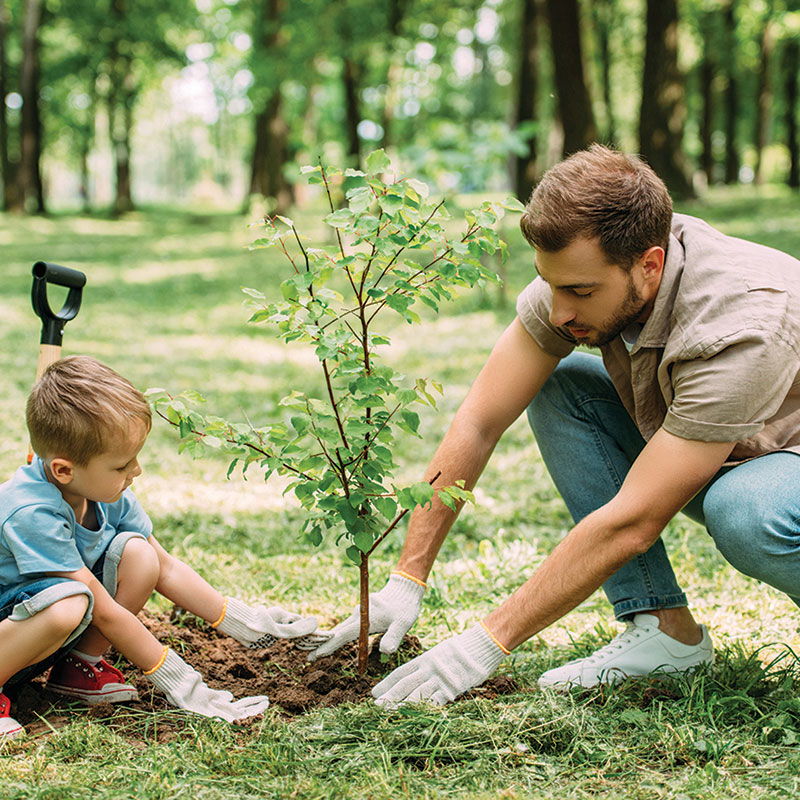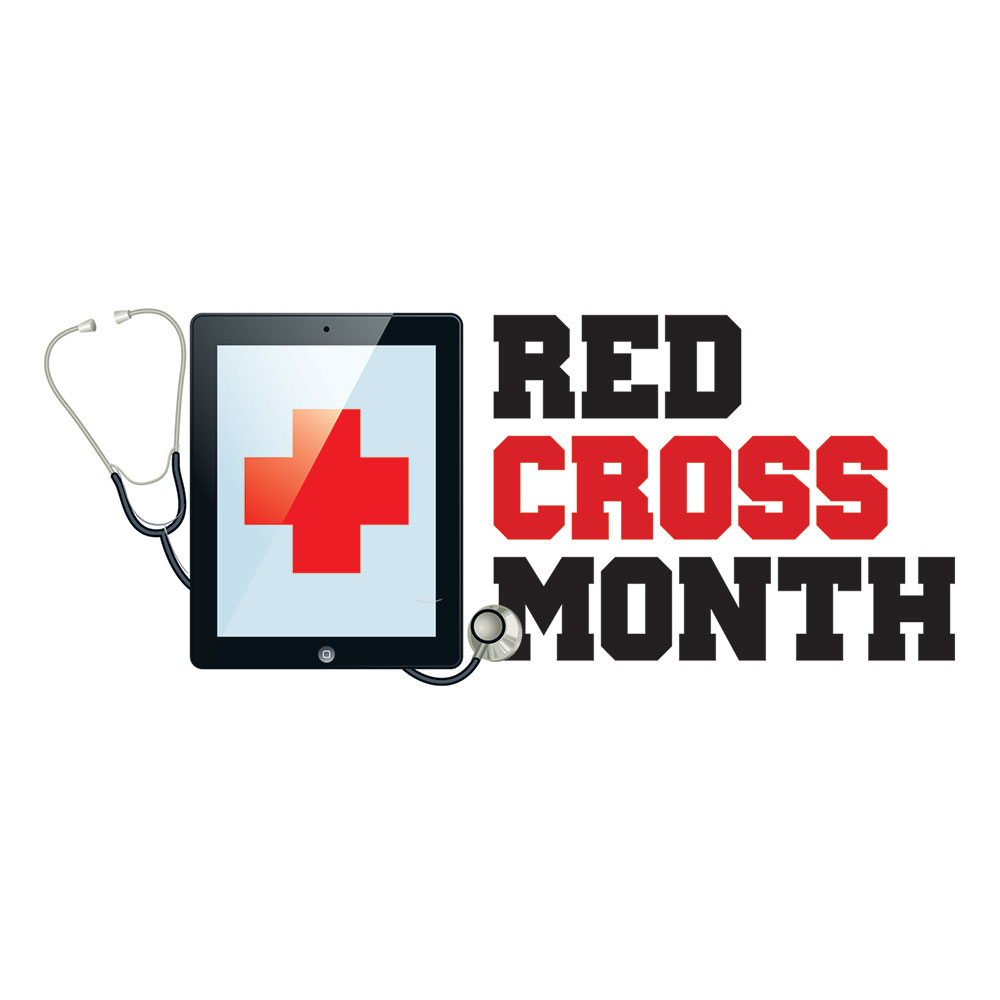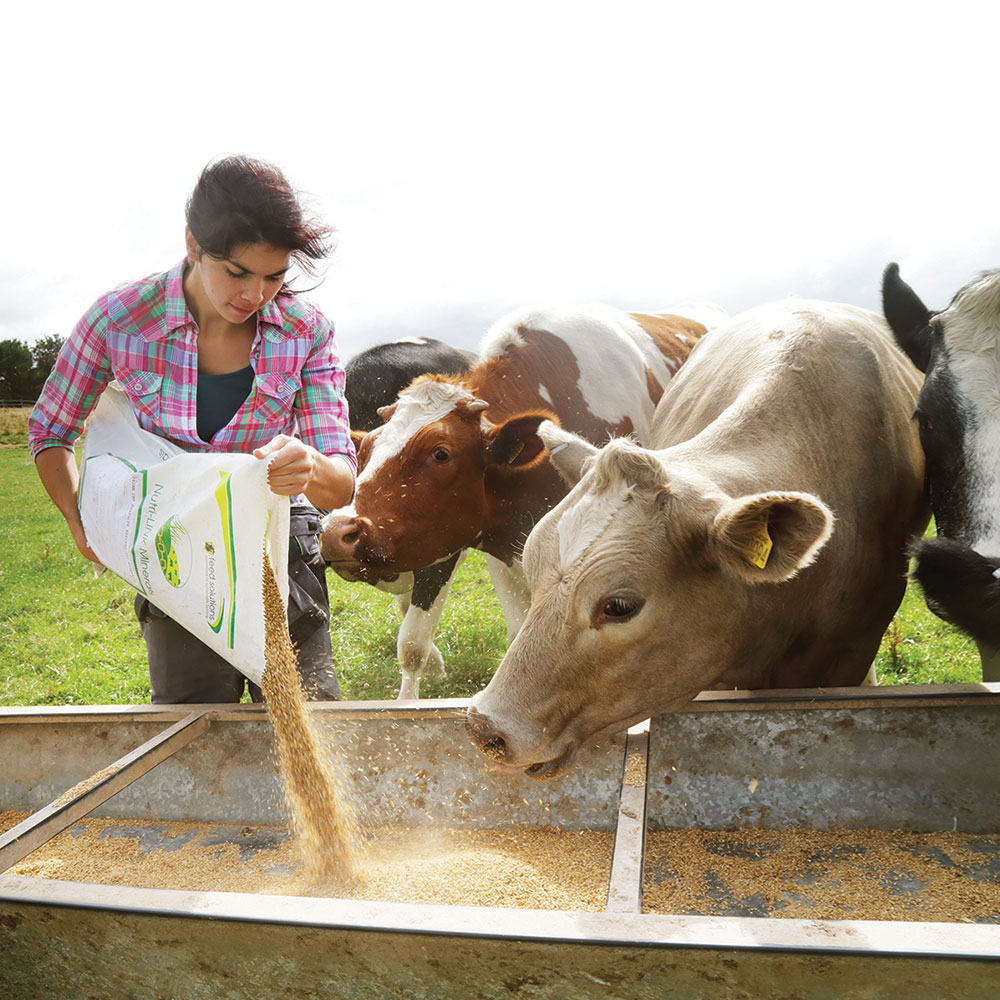Mother’s Day has felt a little less than normal over the last couple of years. The COVID-19 pandemic led to the cancellation of many Mother’s Day gatherings in 2020, and while things felt more familiar in 2021, this year may mark the most normal Mother’s Day celebrations since 2019.
Pandemic-related restrictions have now been lifted in many towns and cities. Though it’s best to confirm if any rules and restrictions are still in place before making any plans, individuals who want to make sure Mom has a special day can consider these planning pointers.
Revisit old traditions
There’s many ways to let Mom know she’s special, but after two years of living under the specter of a pandemic, few things might be as meaningful to Mom as a return to pre-pandemic traditions. Book a trip to a destination you’ve visited on Mother’s Day in the past. If possible, visit a locale where Mom spent her first Mother’s Day as a parent, ideally staying in the same hotel or rental home that hosted you back then. If it was once tradition to spend Mother’s Day in a big city, return there and enjoy a day that recalls pre-pandemic life.
Book a special trip
Millions of people canceled or postponed travel plans during the pandemic. Now that many places, including foreign countries, have lifted travel restrictions, families can feel safe taking off for parts unknown. Such a trip can be even more special if it’s a surprise for Mom on Mother’s Day weekend.
Make it a family affair
Even Mother’s Day celebrations in 2021 were likely smaller affairs than some moms might have preferred. If Mom spent some time wishing more family could be around on Mother’s Day over the last two years, make a concerted effort to include as many family members as possible this year. Encourage grown children to travel home for the holiday and invite Mom’s parents and siblings over to celebrate as well.
Get out of the house
A homecooked meal might have warmed Mom’s heart in recent years, but a day out of the house might be especially welcomed this Mother’s Day. Book a reservation at Mom’s favorite local restaurant so no one has any cooking or cleaning to do this year. Just be sure to book a reservation early, as the competition for a table figures to be especially stiff this year.
Start the day off with a spa visit
Moms might have put pampering on hold during the pandemic. Now that public health agencies have given the go-ahead to lift restrictions, a good pampering is undoubtedly in order. A Mother’s Day morning spa trip can start the day off right.
Mother’s Day celebrations in 2022 should feel more normal than they have in years. Families can capitalize on that by planning a day Mom won’t soon forget.













